woven threads:
BAU234 Jiangyin Arbour Park
Jiangyin new CBD, Jiangsu Province, China
Discipline
Landscape ArchitectureTypology
Public park, urban design, playgrounds, structures and pavilionsCity
Jiangyin new CBD, Jiangsu Province, ChinaDate
2008-2011Status
CompletedClient
Jiangyin CBD Development Co., LtdProgram
Arbour, two pedestrian road bridges, skate park, basketball court, cafe and tea house pavilions, plazas, playgroundsWoven threads
The client asked for a picturesque park alongside their stadium. They received a new city centre axis linking the city to the genius-loci.
1. BAU’s core idea was identifying a potential 2.6km long north-south axis that linked the lake and mountain in the north to the city centre and river to the south. For this visual and physical axis to assert itself clearly within the urban fabric it needed continuous pedestrian access; passive and active pedestrian programs; various scales of public spaces; and provide a variety of vantage points.
2. The project has been conceived as two threads of circulation. One exploring the urban axis, the other exploring the local linear park.
What could have been just another dis-connected link in a broken chain of open space has become a major urban intervention.
3. The City is well engineered for cars but poorly designed for life.
A competition was held for a sports stadium. The stadium disconnects the new city centre from the adjacent mountain and lakeside.
BAU’s competition proposal included a clearly elaborated green axis extending from a mountain and lakeside district, via the stadium site, existing culture plaza, and intersection park, terminating at a river 2.6km to the south.
The design interfaces with the stadium and retail district through legible circulation short cuts connecting to these facilities. The arbour park’s city street frontages contain plazas with active commercial edges. Zig-zag pedestrian ramps with arbours create lush pocket parks with vertical enclosing form.
4. The arbour is both eco corridor and productive landscape (grapes). All buildings go beyond the environmental code by utilizing passive solar control, natural lighting and cross ventilation.
Social sustainability is addressed through public space and the provision of activities for all generations. Health benefits are achieved by the sports programs and the encouragement of walking and riding.
5. Specific principles for this project are:
– parks are for everyone;
– pedestrian paths should be continuous;
– urban spaces must have identities;
– urban dwellers should connect to nature;
– urban dwellers must exercise;
– cities must accommodate nature;
– city transportation must focus on efficient and
sustainable modes.
Summary
Promenade
This project forms part of a 2.6km axis which connects Jiangyin’s new CBD with significant topography. This successful axis has become a destination in itself, an attractor to users from both the CBD and beyond.
Arbour
In this climate, high levels of pedestrian amenity is fundamental to the design of this project. So an arbour of steel, wisteria and grape vines, provides summer shade; protection from winter winds and rain; and a cathedral-like spatial experience.
Leisure
Places of intense leisure activity have an increasingly important role to play in a Chinese city’s social well-being. The proposed axial promenade provides programs for all ages: basketball court, an adventure playground, tea-houses and restaurants, roller skating park, open lawns, and public plazas.
Bridges
Two bridges give continuity and three-dimensional legibility to the axis, while providing landmarks along major city vehicle routes, reinforcing the importance of the axis in the emerging identity of the CBD.
Their meandering trajectory provides pedestrians with changing views of the CBD, lake, and mountain district. Both bridges continue at a gentle grade into the sports park and other programs and spaces, before coming together again to begin the ascent over the next major roadway.
Sustainability
BAU initiated the Jiangyin new city centre axis to encourage the new population to socialize, exercise, visit the mountain park, and to bring nature back into the city. The Arbour Park is both eco corridor and productive landscape. It is both destination and route. It is both a place to socialize and a place to connect with nature. It rewards pedestrians and cyclists, not motorists. The site was previously cleared farmland. This project re-established trees planting and connects the forested mountain environment’s flora and fauna with the city and the river parkland within it.
Jiangyin suffers from extremely hot summers and cool winters. The arbor is planted with deciduous climbing Wisteria and Grape Vines to make the promenade bearable in summer. The grapes have proved to be popular with locals; picking grapes with all manner of implements has become a new urban recreation.
The Arbour Park uses land efficiently. It is narrow but the intensity and complexity of activity, amenity, planting, circulation, shade and rain shelter enables it to do the work of much larger parks. Beneath and above the elevated walkways are pavilions with services, restroom amenities, retail outlets, restaurants, cafes and tea houses. These pavilions each go beyond the environmental code and utilise passive solar control, natural lighting and cross ventilation.
Paradoxically, increasing affluence and urbanization in China are leading to the disappearance of opportunities for social and cultural gathering. Consequently, places of intense leisure activity have an increasingly important role to play in a city’s social and cultural well-being. The proposed axial promenade provides space for active and passive programs for all ages: basketball court, adventure playground (largest in the city, tea-houses and restaurants, roller skating park, open lawns, and public plazas.
- Infrastructure
- Public
- Residential
- Healthcare
- Education
- Culture
- Office
- Retail
- Hotel
- Hospitality
- Mixed Use
- Sports
- Planning
- Urban Design
- Public Landscapes
- Private Landscapes
- Playgrounds
- Structures & Pavillions
- Residential
- Healthcare
- Education
- Culture
- Office
- Retail
- Hotel
- Hospitality
- 2023
- 2021
- 2020
- 2019
- 2018
- 2017
- 2016
- 2015
- 2014
- 2013
- 2012
- 2011
- 2005-2010
- 2000-2005
- 1990-2000









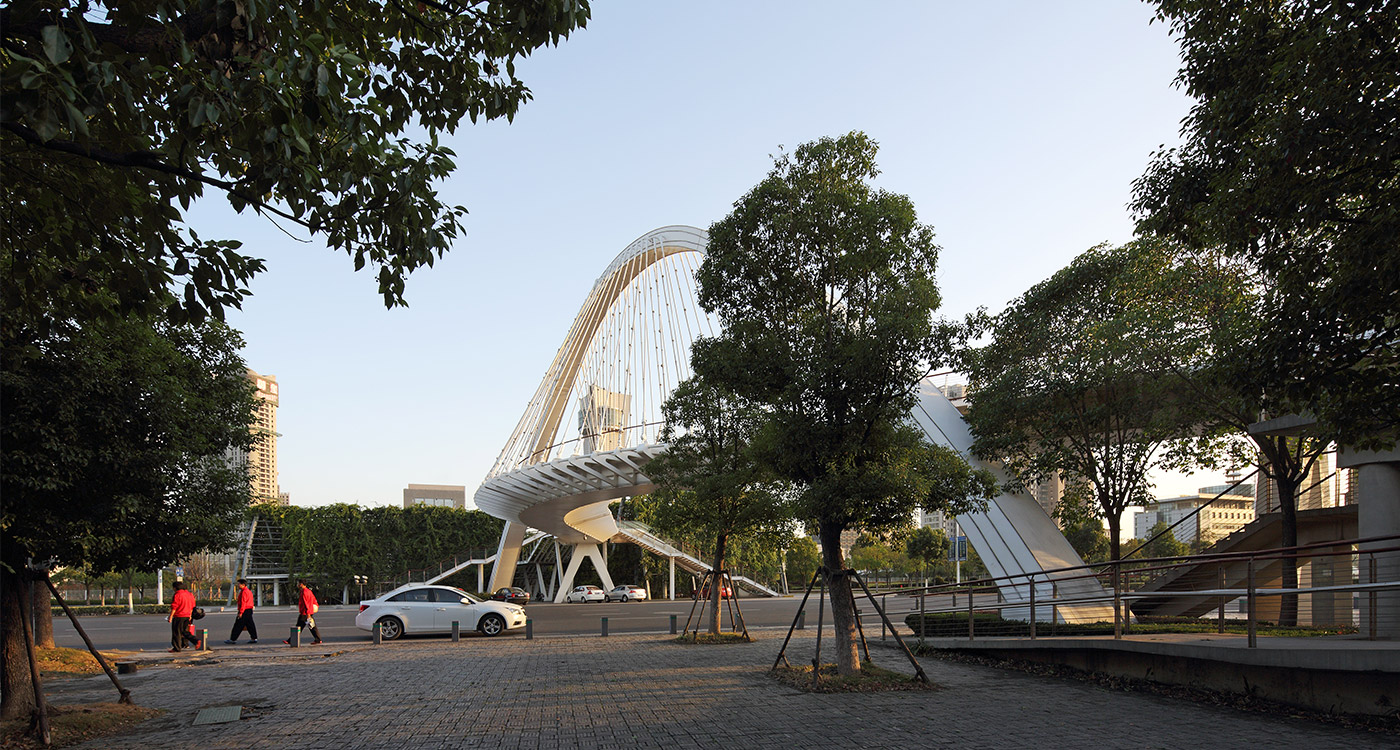






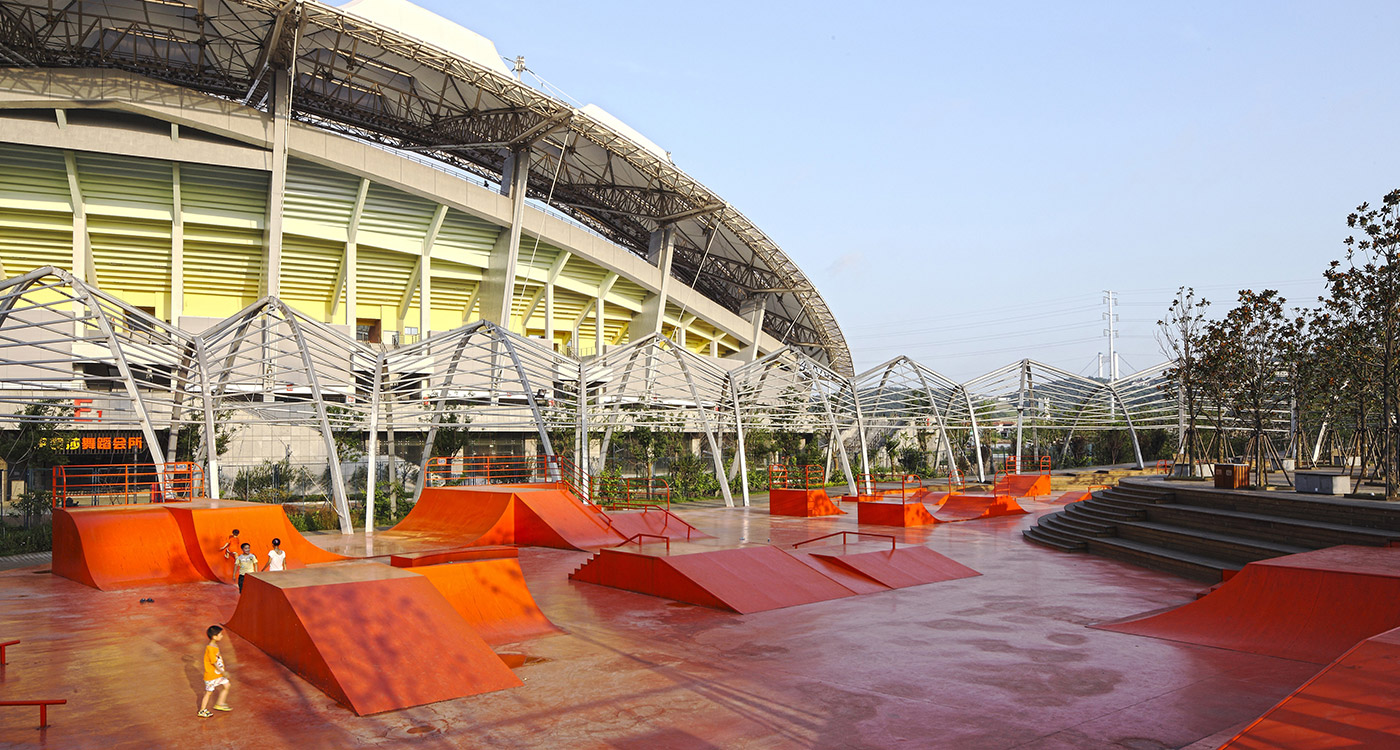










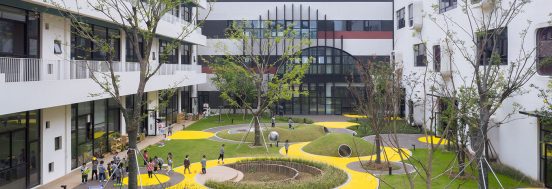











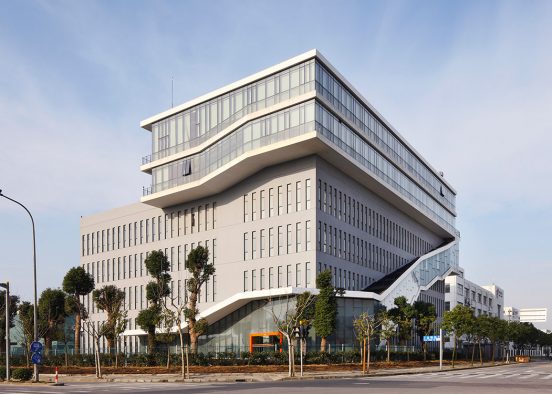


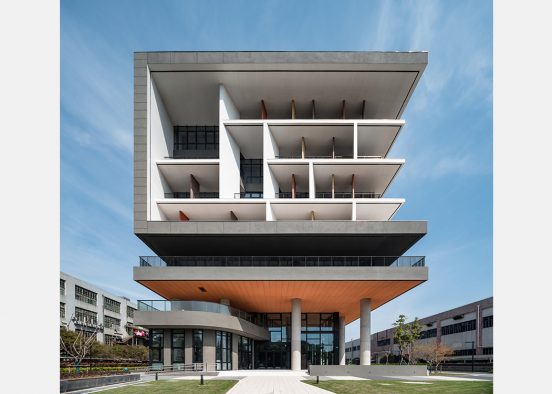


















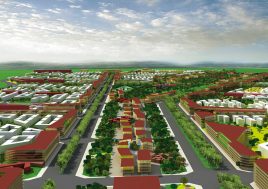





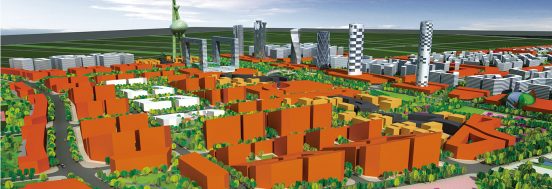







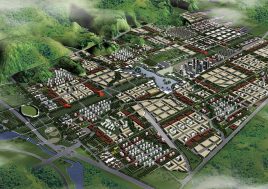










































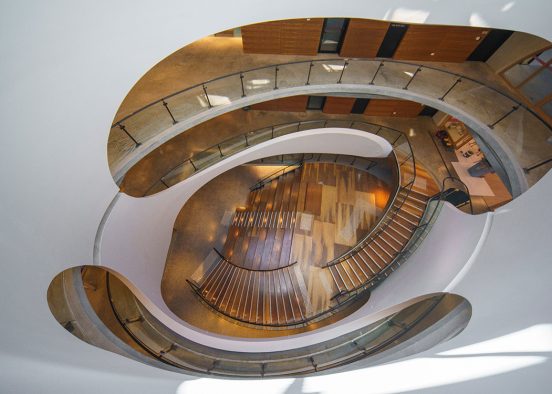








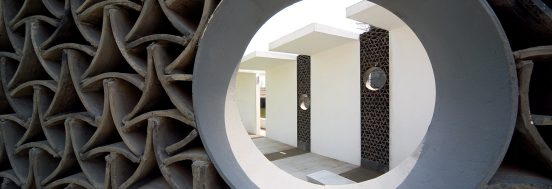

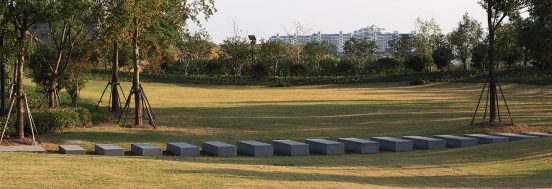
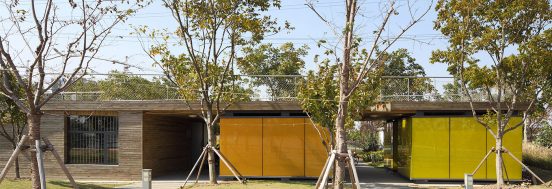


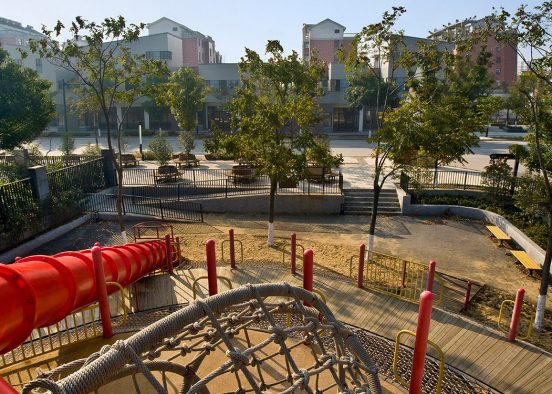













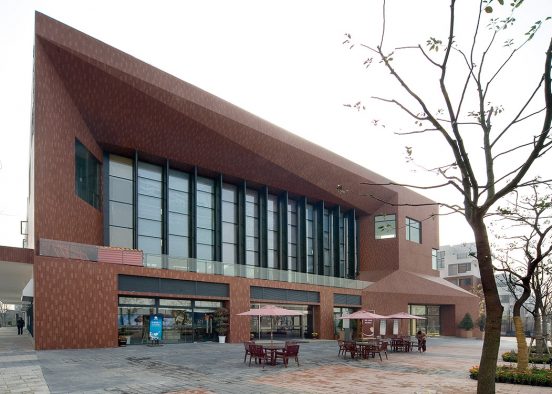
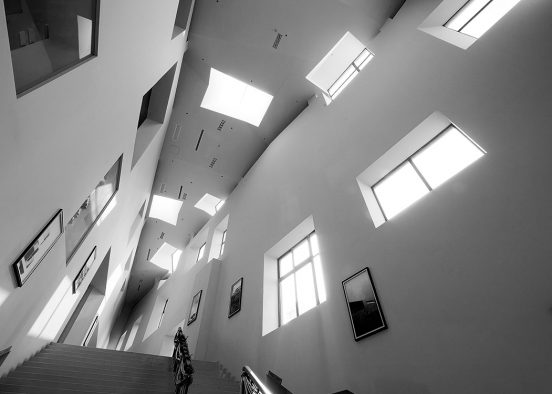
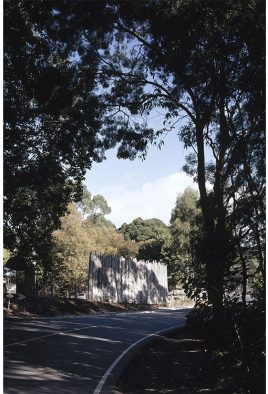
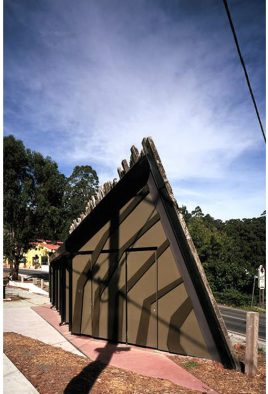













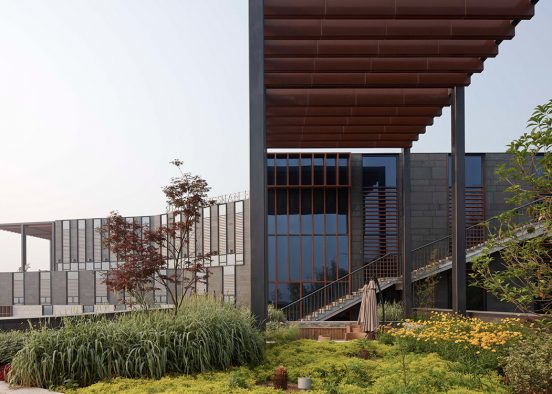








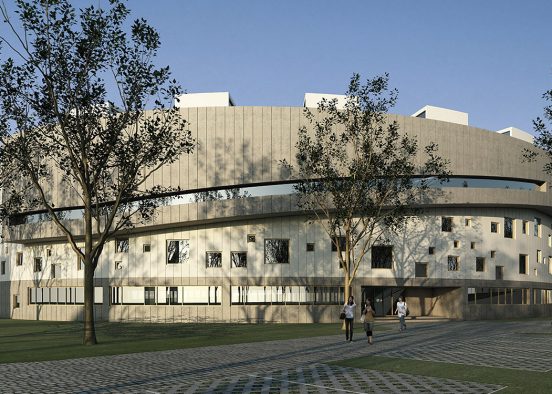







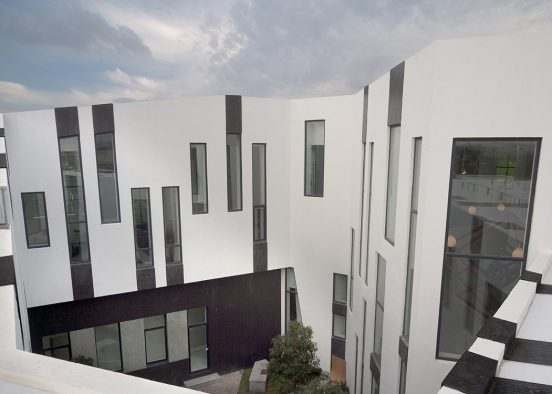








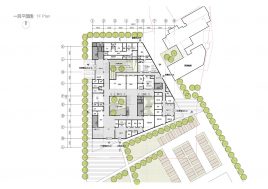


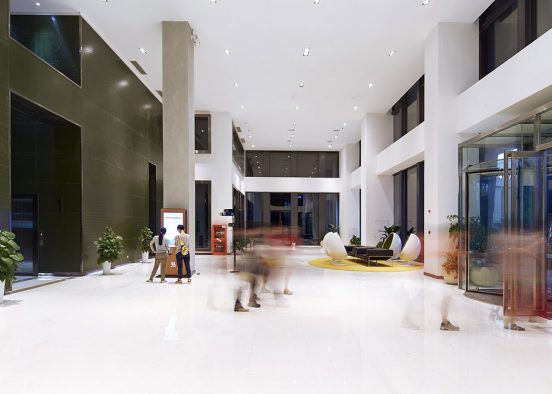

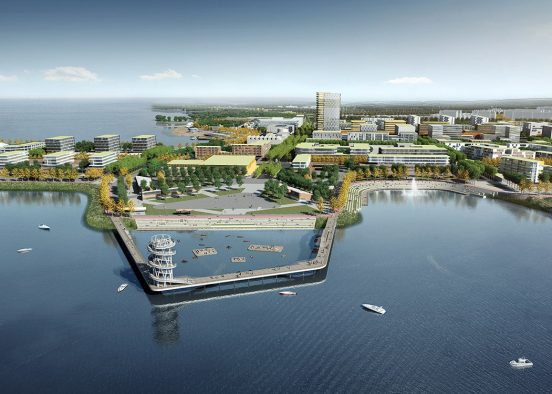





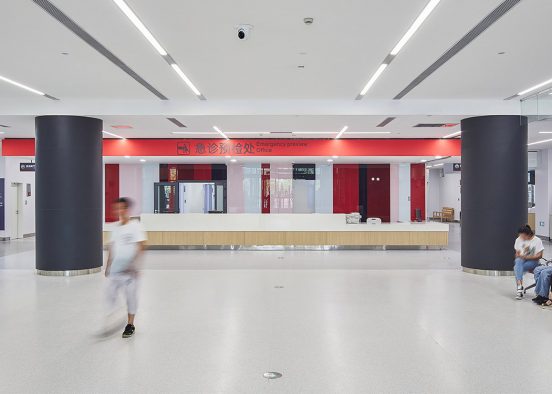




















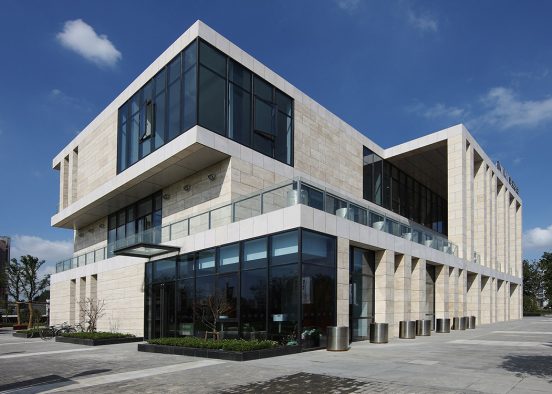










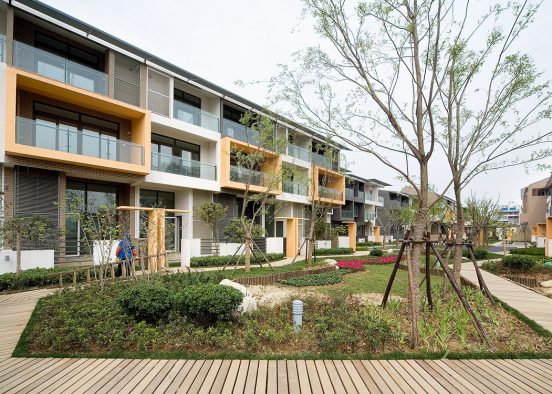
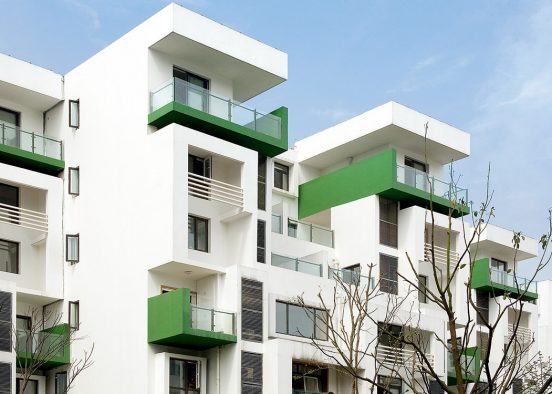









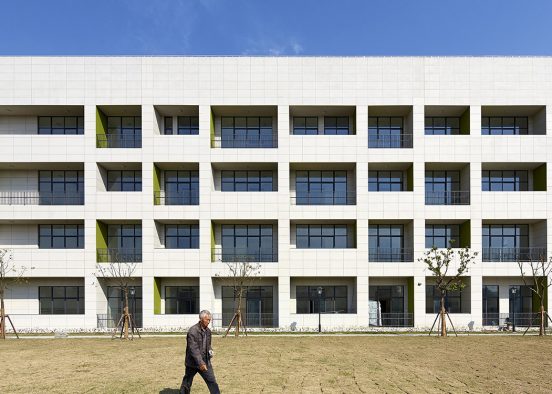
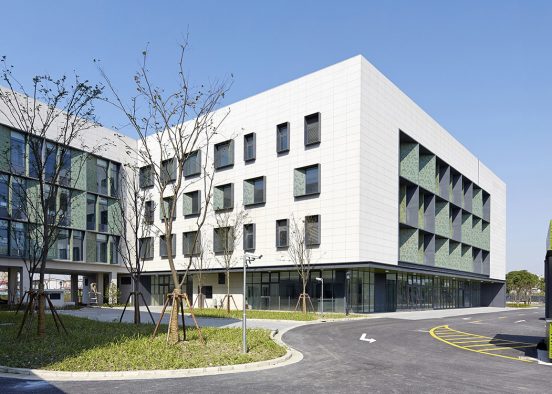


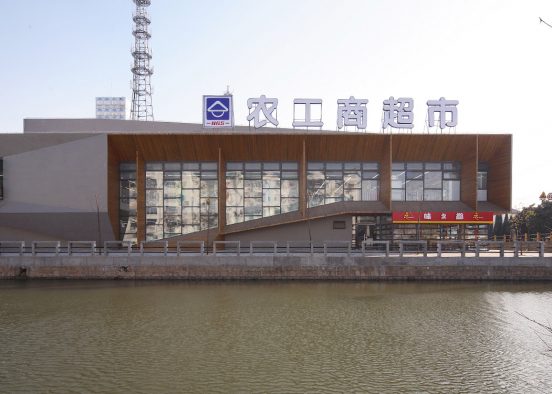
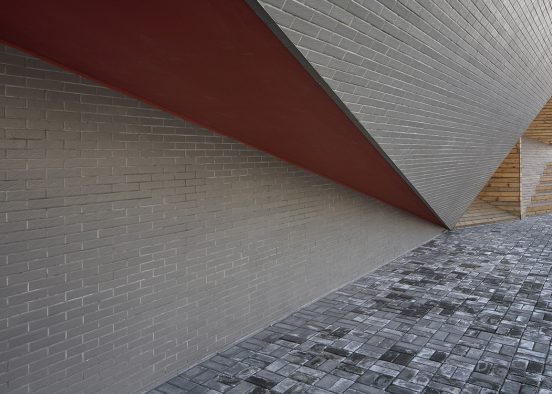

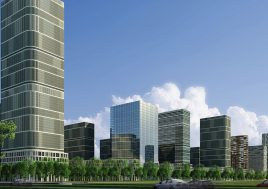



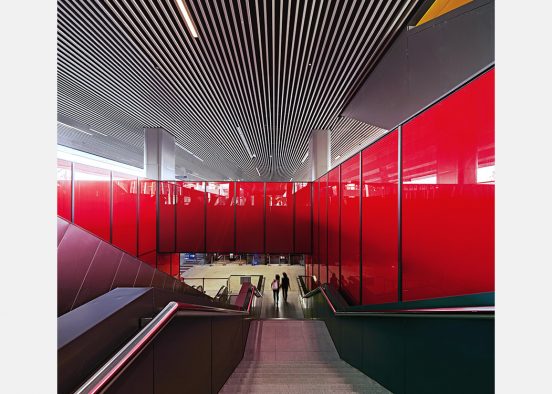


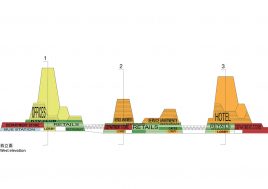







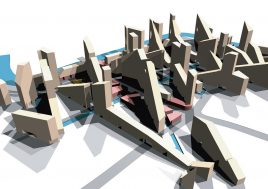



















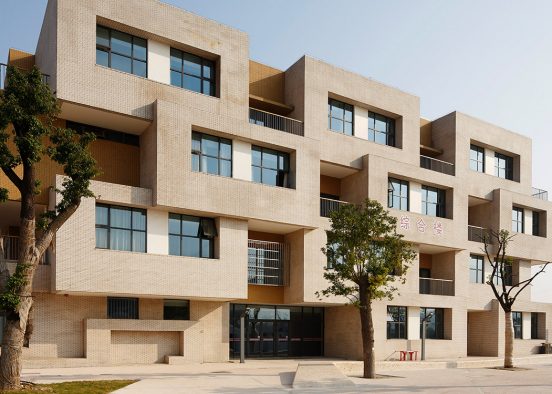



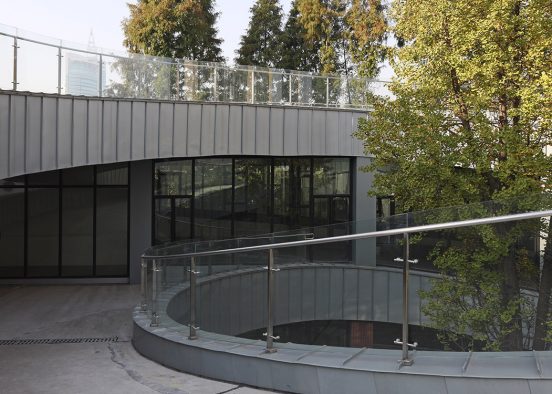
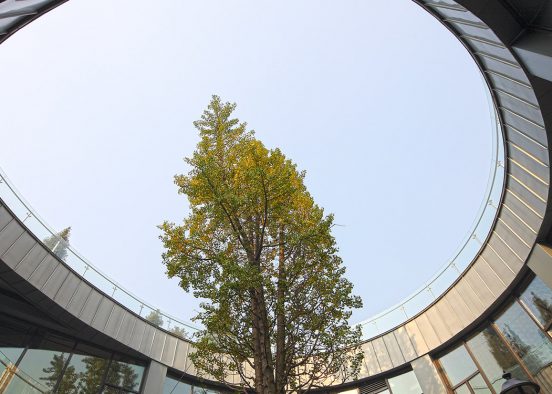



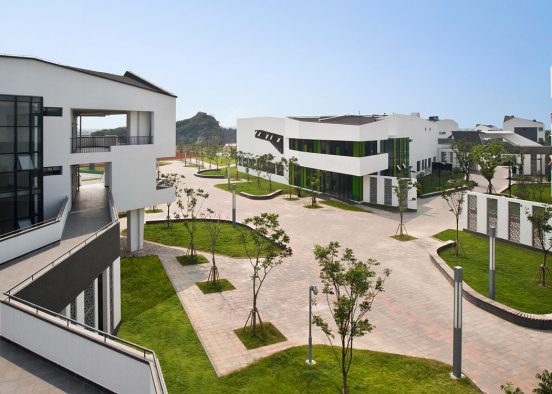




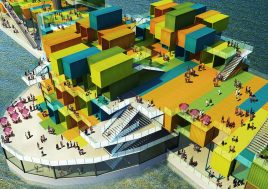












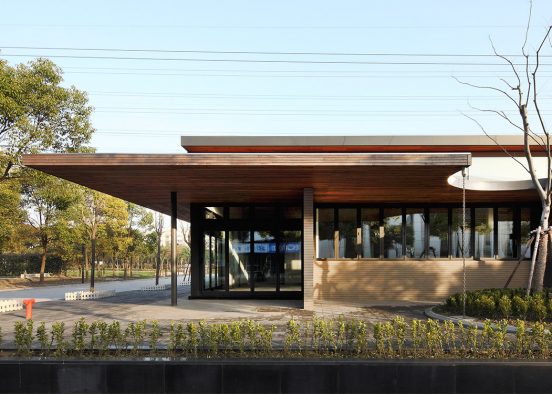








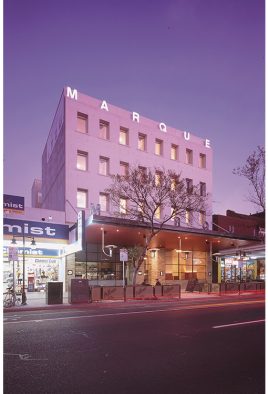














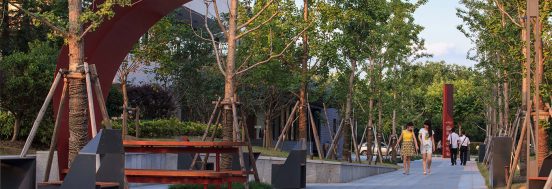

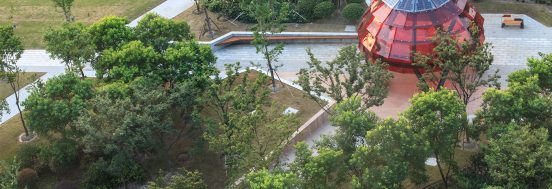

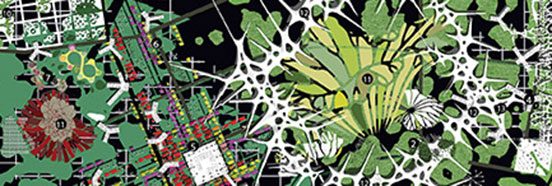













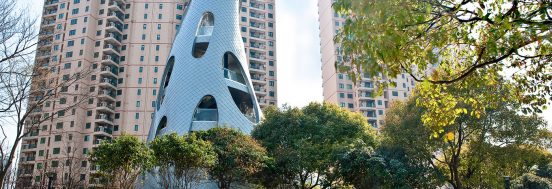
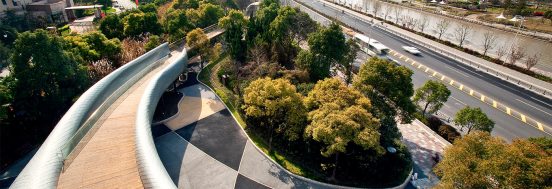




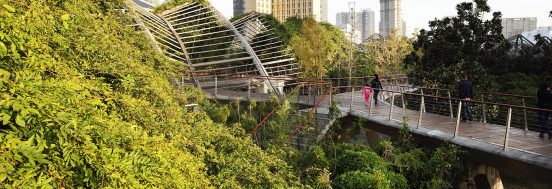
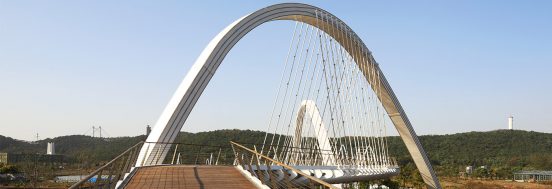
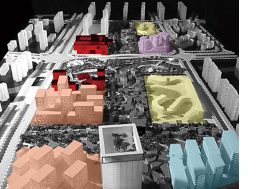

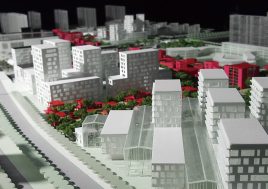






 Back to projects
Back to projects
